7 Places to Visit Between Alsace and Lorraine
Alsace and Lorraine sit side by side in northeastern France. You can drive from Colmar to Verdun in just under two hours, or take the train from Strasbourg to Metz in about an hour. But despite how close they are, the experiences are totally different.
This list covers the most recommended places in both regions based on real traveler advice. If you’re deciding where to spend your time, here’s what stands out in each place.
1. Metz: A Compact City
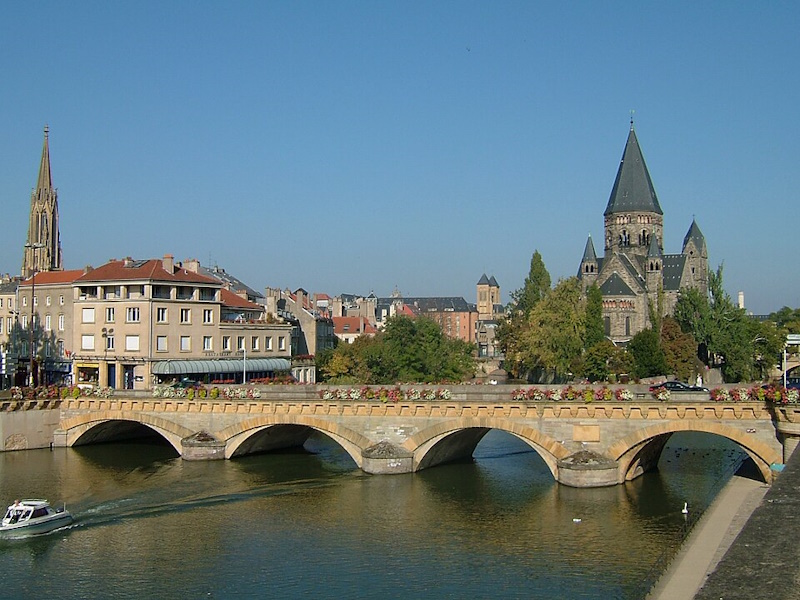
Metz is easy to navigate and packed with interesting stops. The Musée de la Cour d’Or is free and surprisingly rich, with Roman remains, medieval carvings, and local artifacts.
The cathedral is huge, with stained glass windows by Marc Chagall. Just outside, the indoor market is worth a walk-through.
Travelers say The Citadel is a great hotel: a converted fort with parking, a quiet park out front, and everything in walking distance – old town, festivals, the Governor’s Palace, and the State Theater.
Metz is also well located for day trips to Verdun, Nancy, or even Reims. It’s often cheaper than Strasbourg.
2. Nancy: Architecture, Squares, Local Feel
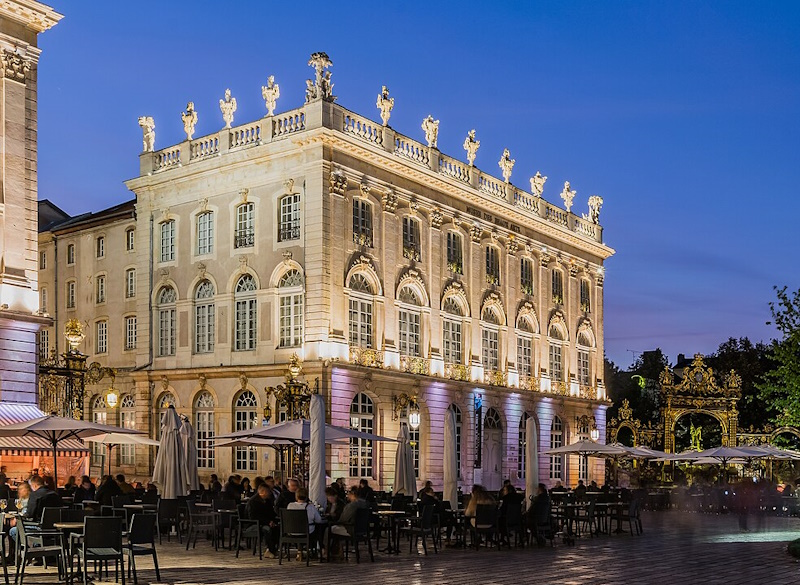
Nancy is known for its Art Deco and Art Nouveau buildings, but the atmosphere is what people remember.
Place Stanislas is often listed as one of the most beautiful squares in France. The city also has museums, gardens, and regular festivals, including a spring book festival called Livres d’Ailleurs.
Hotel De Guise is well located if you’re staying overnight, but parking can be tricky. Travelers suggest booking ahead.
For food, L’Arsenal and Restaurant des Frères Marchand are within five minutes on foot and need reservations.
Nancy works well as a stop or a base depending on how much time you have.
3. Verdun: WWI History That Stays With You
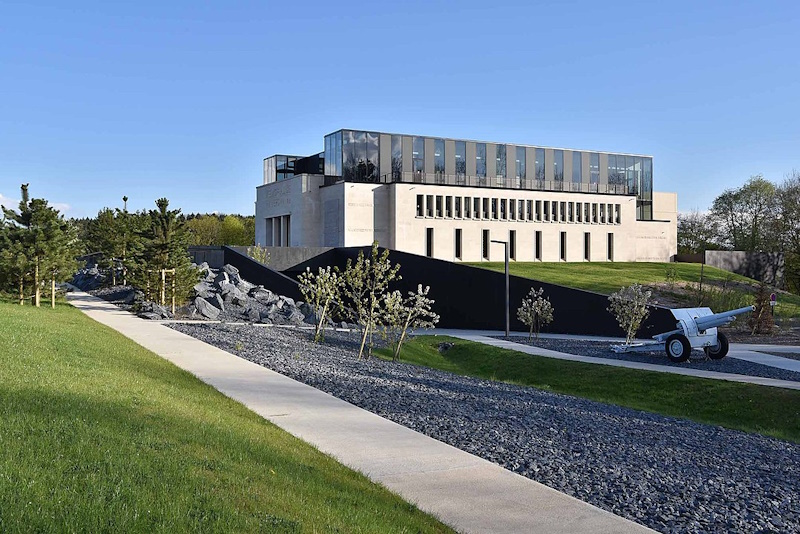
Verdun requires a full day, maybe more, depending on how deeply you want to explore. The experience is spread across a wide area, not just one site.
Most travelers start at the Verdun Memorial Museum, which gives powerful context. From there, you can walk to Fort Douaumont if the weather’s decent. It’s close but be aware the ground can get muddy.
Outside of town, the broader Meuse-Argonne battlefield is full of memorials. The Meuse-Argonne American Cemetery is also a key stop.
So are the Montfaucon and Montsec Memorials, which overlook the surrounding countryside and mark major points in the fighting.
One lesser-known detour that people call out is the Pennsylvania Monument in Varennes-les-Meuse, a small town with a moving tribute that doesn’t show up in most guidebooks.
Several travelers say they returned more than once to Verdun. Some even suggest giving the area three full days to do it justice.
4. Colmar: A Scenic Base

Colmar is a classic Alsace base. Many travelers choose it over Strasbourg because of low-emission driving restrictions in the larger city.
With a car, Colmar gives you access to villages and countryside. You can also take the train into Strasbourg for a full day.
One day in Colmar itself is usually enough. Most people spend the other days exploring nearby towns or regional sights.
The town’s half-timbered streets and canal corners are postcard-worthy, but it’s the location that makes it a useful hub.
More about Colmar in this post
5. Strasbourg: Urban Contrast
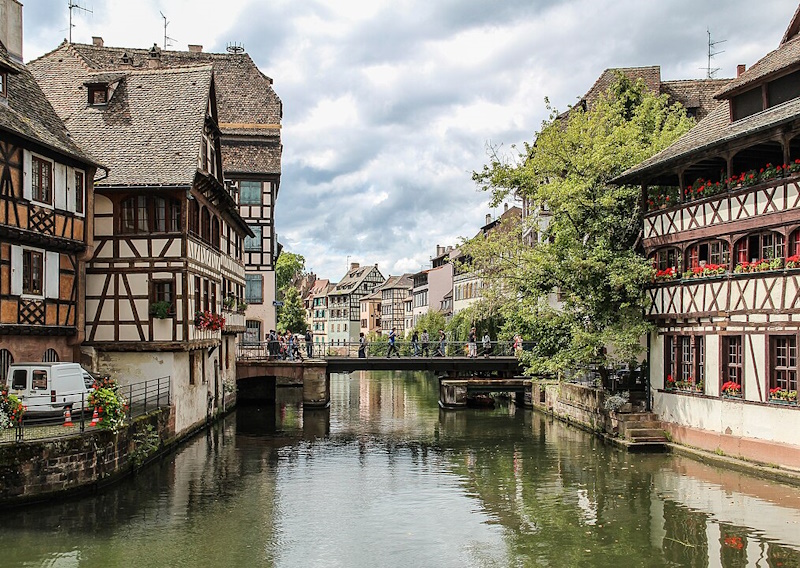
Strasbourg is Alsace’s capital and has a different feel from the villages and smaller towns.
Most travelers take the train from Colmar to avoid low-emission driving zones and city parking. The ride takes about 30 minutes and brings you close to the center.
The historic center, Grande Île, is a UNESCO World Heritage Site with canals, stone bridges, and narrow streets. The cathedral dominates the skyline and features an astronomical clock that draws a daily crowd.
In one day, you can walk through Petite France, visit a museum or two, and eat at a traditional winstub. The city is also home to the European Parliament.
If you have time to venture farther, the Orangerie Park is a calm spot near the EU buildings, and the Neustadt district shows off grand 19th-century architecture you won’t find in the old town.
6. Château du Haut-Koenigsbourg & Mont Sainte-Odile
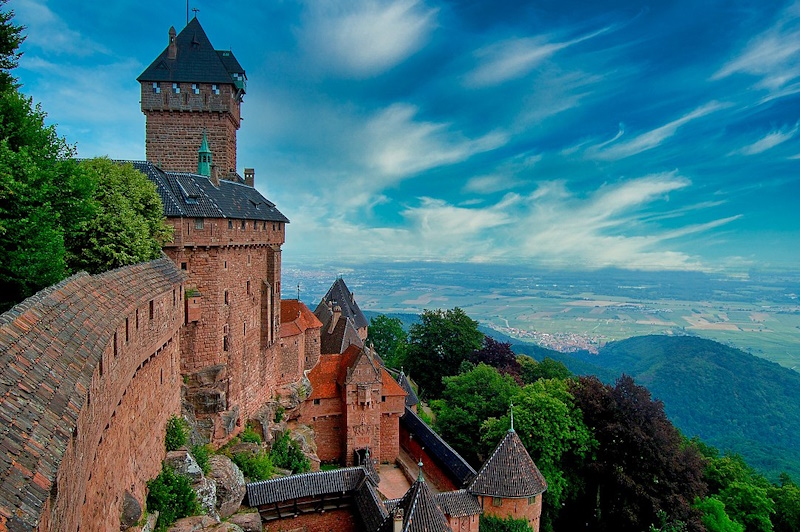
Two of the most suggested sights in the Alsace region sit outside the towns but are easy to work into your route.
The Château du Haut-Koenigsbourg is a fully restored medieval fortress perched high above the valley. You can walk its ramparts, explore the furnished rooms, and get a wide view of the surrounding landscape.
It’s a common stop on Alsace itineraries, and worth timing right to avoid the midday tour buses.
Mont Sainte-Odile is quieter and more reflective. It sits on a wooded ridge and offers views across the Rhine plain. The site is connected to regional history and pilgrimage.
Several travelers singled it out as a place that stayed with them – deeply peaceful.
7. Riquewihr and the Villages of Alsace
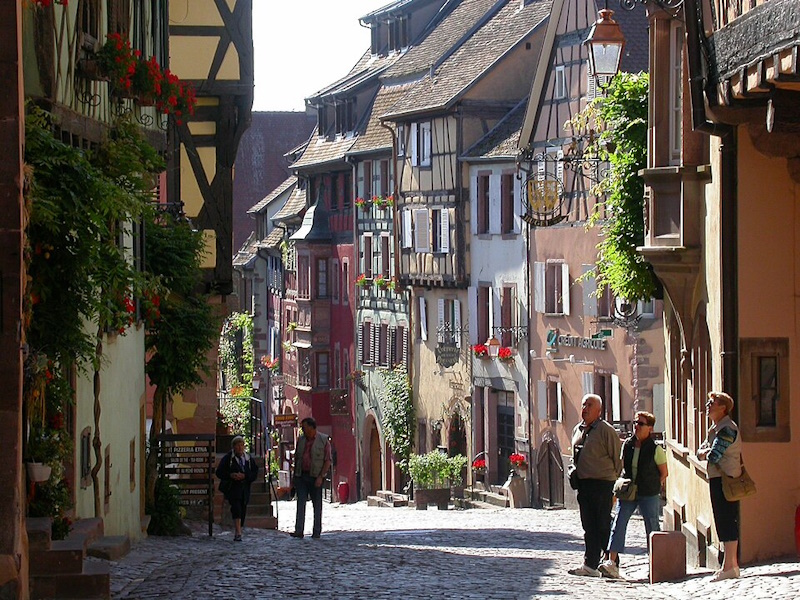
For village lovers, Alsace has plenty of options. Riquewihr often comes up as a favorite base or stop. Travelers usually allow two days for exploring the smaller towns.
Even if wine isn’t your focus, the villages are still rewarding for their scenery, layout, and slower pace. You can visit a vineyard or two along the way, but it doesn’t have to be the main theme.
Final Tip
If you’re deciding between Alsace and Lorraine, it doesn’t have to be either/or. Many travelers stay in both, splitting time between Colmar and Metz or Nancy.
That way, you get both angles: the half-timbered charm of Alsace and the historical depth of Lorraine.
